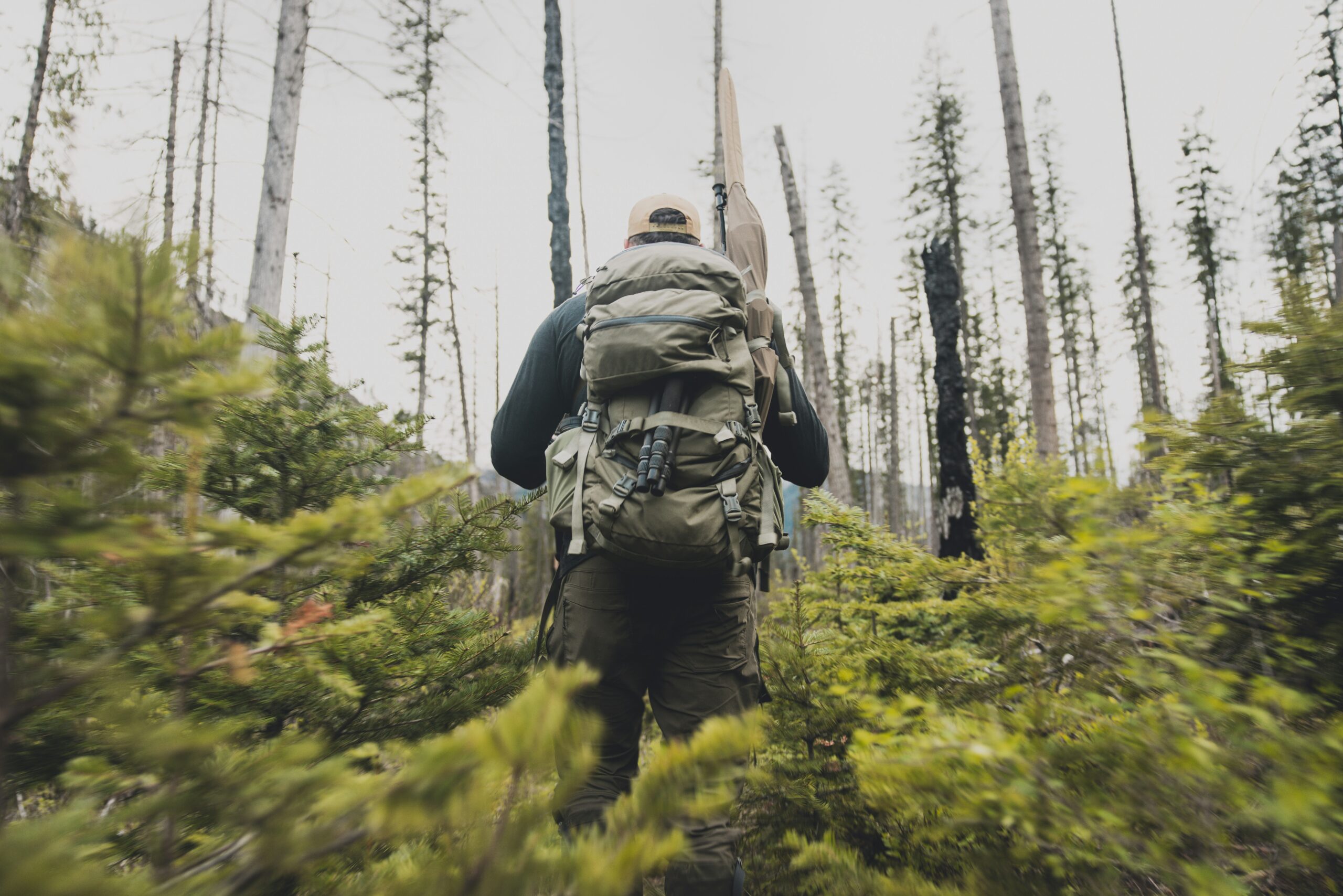Buying the perfect pair of hunting boots is just the beginning. Whether you’ve dropped $80 or $300, one thing is certain—you want them to last.
With the right care and a few smart habits, your hunting boots can handle season after season of mud, snow, sweat, and trophy moments.
In this guide, we break down how to protect your investment and maximize the lifespan of your boots—so your next hunting story doesn’t end in sore feet and soaked socks.
🧽 1. Clean Them After Every Hunt
Yes—every single hunt.
Why it matters:
Mud, blood, and debris can degrade both leather and synthetic materials over time. Letting dirt dry and cake can crack uppers and rot stitching.
How to do it right:
- Use a soft-bristled brush and lukewarm water (not hot!).
- Skip harsh soaps—go with boot-specific cleaners.
- For rubber boots, rinse with water and wipe dry with a towel.
Pro Tip: If you hunt in saltwater marshes or snowy areas where road salt is common, rinsing is extra important.
🌬️ 2. Dry Boots the Right Way (No Heat!)
Nothing kills boots faster than forced heat.
Drying them next to a fireplace or heater can warp soles, melt glue, and dry out leather.
Do this instead:
- Remove the insoles and laces.
- Stuff boots with newspaper or a boot dryer that uses ambient air.
- Let them air dry in a cool, shaded place.
Never:
🚫 Use hairdryers
🚫 Set on heat vents
🚫 Leave in direct sunlight
🛡️ 3. Condition Leather Regularly
For full-grain leather or hybrid boots, conditioning keeps the material supple, waterproof, and crack-free.
What to use:
✅ Leather conditioner or mink oil (check your boot brand’s recommendation)
✅ Avoid waxy substances that can clog breathable membranes
How often:
Every 2–3 months during hunting season—or after any particularly wet trip.
💧 4. Reseal Waterproof Membranes
Even Gore-Tex can degrade over time. If your boots are no longer holding back water, it’s time to re-waterproof.
Use:
- Waterproofing sprays or waxes (depending on boot material)
- Make sure boots are clean and dry before applying
When to apply:
- After deep cleans
- When water starts soaking into the outer layer instead of beading off
🪡 5. Inspect and Repair Early
Boot damage gets worse quickly. A small tear today becomes a trip-ending blowout tomorrow.
Inspect regularly for:
- Loose seams
- Sole separation
- Cracked midsoles
- Worn-down tread
Fix it before it fails:
- Local cobblers can often re-glue soles and re-stitch leather
- Many boot brands offer repairs or replacement laces and eyelets
📦 6. Store Boots the Smart Way
Where your boots live when you’re not hunting matters.
Ideal boot storage:
- Cool, dry environment
- Upright with boot trees or filled with newspaper
- Away from direct sunlight or damp basements
Avoid:
🚫 Storing in airtight plastic bins (traps moisture)
🚫 Tossing into a truck bed for weeks
🧼 BONUS: Don’t Forget the Insoles
Insoles wear out faster than boots.
If your boots start to feel uncomfortable but the structure’s still good, replace the insoles before giving up on the whole pair.
Final Words: Treat Them Right. Hunt Longer.
Great hunting boots are built to handle serious abuse—but they still need care. A few minutes of maintenance after each hunt can add years to your boots’ life.
Because the best hunting stories don’t come from the guy with blisters—they come from the hunter who walked farther, waited longer, and stayed out there because their gear kept up.
🔍 Looking for Hunting Boots That Go the Distance?
At HuntingBoots.shop, we feature hunting boots designed for durability, weather resistance, and long-term comfort—plus care tips and gear reviews to keep you in the field season after season.


